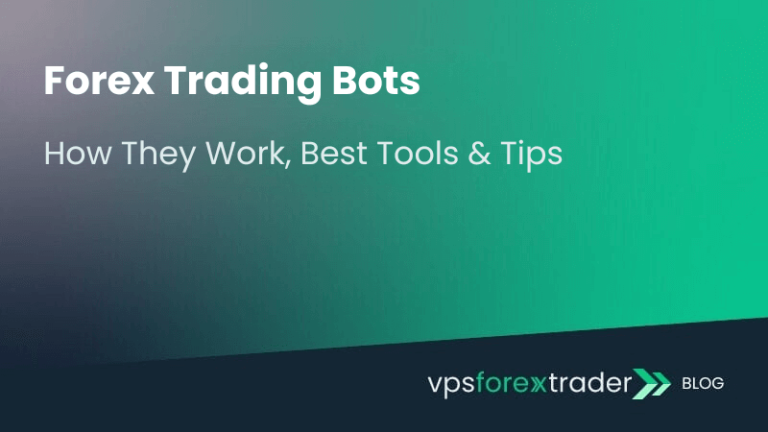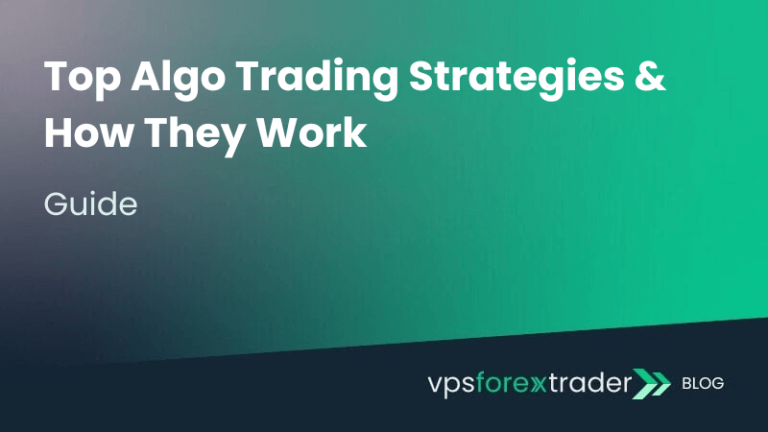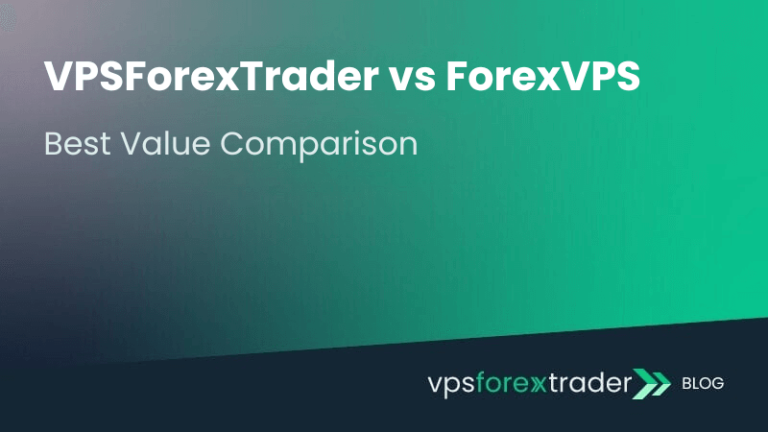The financial and trading world has always been a data-intensive and time-sensitive environment. In a fast-paced system like this, traders need all the help they can get to analyze the vast volume of market data, news, and regulatory information. Autonomous trading agents are the latest in the long list of tools that traders can tap into to make better trading decisions.
The emergence of autonomous AI agents like AutoGPT, BabyAGI, and AgentGPT represents a major shift in how we interact with and leverage artificial intelligence in trading. Autonomous agent frameworks can analyze live markets and place orders when connected to real-time data feeds and execution APIs. Out of the box, they’re experimental and require engineering to be production-ready.
These capabilities can enhance trading performance while also helping traders to mitigate the risks associated with trading in the complicated forex market. In this article, we’ll take a deep dive into how autonomous trading agents work and what they can do for traders.
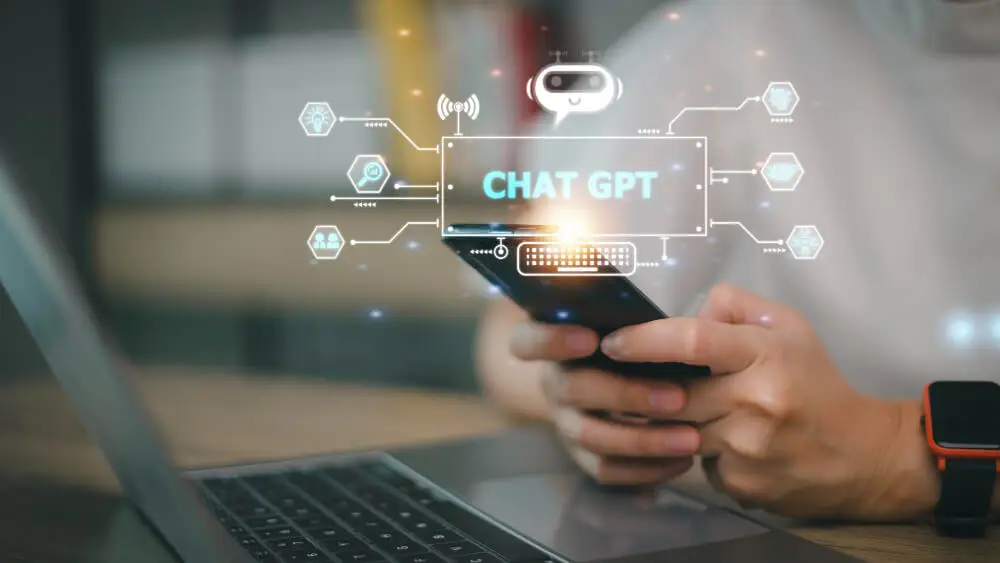
What Is an Autonomous Trading Agent?
An autonomous trading agent is a type of sophisticated computer program that uses Artificial Intelligence and advanced machine learning algorithms to analyze and make trading decisions based on real-time market data.
This system is designed to operate independently to achieve a specific trading objective. The goal can be anything from maximizing a portfolio’s value to developing a profitable arbitrage strategy. The AI tool can break down the goal into a series of steps and execute them.
An AI trading agent is self-directed. This means it isn’t just following a rigid set of rules. Instead, they’re capable of reasoning and can adapt their strategy in real time based on new information. Once a goal has been set, the agent uses its “reasoning engine” to break it down into a series of smaller, more manageable tasks and execute them.
It is also iterative, which means it will continue to monitor the results of the actions and use the data as feedback to refine its actions where necessary. For instance, if a trade is unsuccessful, the agent can revise its plan using feedback. However, the underlying AI model does not learn in real time; true learning requires retraining or fine-tuning. This continuous loop allows the agent to improve and adapt over time with limited human intervention.
This new generation of autonomous agents is different from rule-based bots or prompt-based AI tools. Bots are the traditional “if-then” trading systems programmed to take a specific action when certain conditions are met. Traditional rule-based systems do not adapt beyond their programmed logic unless they are explicitly designed with adaptive or machine-learning components.
Prompts, on the other hand, generate responses based on specific user inputs. While this might be useful in some instances, it is a one-off action that still requires human users to monitor the market and act on the strategy.
AI agents are a lot more advanced. They are not simply executing a rule-based script. They are solving actual trading problems in a dynamic environment. Their advanced reasoning model allows them to create their own tasks and adjust their behavior to achieve a long-term goal.
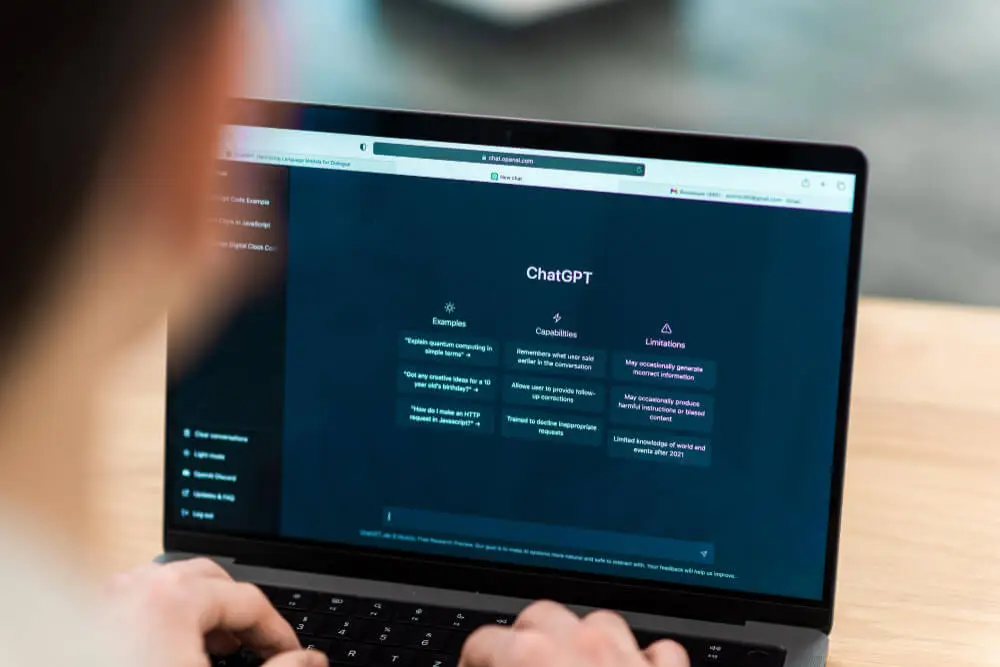
What Can AI Agents Do in Trading?
AI agents can perform a variety of complex functions in trading. Their use goes beyond simple automation, extending into strategy generation based on specific goals and practical market conditions. The following are some of the ways traders can use AI agents in trading:
Strategy generation
An AI agent is capable of generating new trading strategies based on specific goals and real-time market conditions. For example, you could give an agent a goal like “identify profitable opportunities for the EUR/USD pair.”
The agent would then analyze a vast amount of historical and real-time market data, including price movements, economic indicators, and news sentiment. This is then used to construct a detailed strategy.
Backtesting And Optimization
AI agents are great at backtesting and optimizing trading strategies before they’re practically executed. These advanced AI tools use years of historical market data and real-time insights to simulate how a given strategy will work out, though care must be taken to avoid overfitting by using out-of-sample or walk-forward validation.
Based on these simulations, the agent can identify weaknesses in the strategy, fine-tune parameters, and automatically optimize it for better returns and risk management. This iterative process of testing and refining helps the agent come up with the most optimal strategy for different market conditions.
Market Scanning And Decision Execution
An AI agent can be integrated with data feeds and broker APIs to monitor opportunities and submit trades, but execution must follow broker/exchange rules and risk constraints. The advanced operating model of these systems allows them to monitor thousands of variables and act as soon as the conditions are right. This enables them to capitalize on short-lived opportunities, such as small price changes or fast-moving signals. However, true high-frequency trading requires co-located infrastructure and microsecond-scale execution, which are beyond the scope of typical agent setups. However, true high-frequency trading requires specialized co-located infrastructure and ultra-low-latency networks, which are beyond the scope of typical agent setups. In this environment of constant data-flows and autonomous decision-making, using a dedicated forex VPS ensures your trading agents stay connected and responsive around the clock.
Portfolio Rebalancing
AI agents can automatically propose or place rebalance orders when integrated with portfolio data and broker APIs, and within predefined constraints. This capability is especially useful for managing a diversified portfolio. The agent can continuously monitor and adjust allocations to ensure they remain optimized. This helps to protect the portfolio against overexposure to any single asset.
Real/Theoretical Example: Agent That Builds A Moving Average Strategy + Runs A Risk Check
An AI Agent can be built to execute a moving average crossover strategy while incorporating a robust risk management layer. This process illustrates the core principles of an AI agent: goal-setting, task decomposition, and continuous iteration.
1. Goal Setting and Task Decomposition
The agent is given a high-level goal: “Develop and execute a profitable trading strategy for the S&P 500 index that minimizes drawdowns.” It then uses its reasoning engine to break down this goal into a series of smaller, manageable tasks:
- Task 1: Strategy Generation: Research and identify a proven technical indicator for trend following. It will test various combinations of moving averages (e.g., 50-day and 200-day, 10-day and 50-day) to find the most profitable one for the S&P 500.
- Task 2: Backtesting and Optimization: Access historical data for the S&P 500 and backtest the generated strategies. This involves running simulations to see how each moving average combination would have performed over the past decade.
- Task 3: Risk Assessment and Management: Define and implement risk management rules to protect the portfolio. This may involve analyzing the historical volatility, choosing the appropriate position size for the trade and setting the stop loss and taking profit position.
Once the strategy is optimized and the rules are in place, the agent transitions to live execution mode. It continuously monitors the market, and when the short-term moving average crosses above the long-term moving average (a “golden cross”), it sends a buy order to a connected brokerage. The agent will also continue to monitor the trade in real time. This way, it can sell if the price hits the stop loss level.
Autonomous Agents vs Trading Bots vs AI Co-Pilots
Autonomous agents, trading bots, and AI co-pilots are all related AI-Powered tools that can improve trading efficiency. However, they differ significantly in terms of their level of autonomy, control and learning.
A trading bot is a rigid automation tool while a co-pilot works as an assistant. An autonomous agent is more advanced than both tools. It runs as a self-directed system with reasoning capabilities and the ability to adapt to achieve a set goal.
Autonomy
Trading bots appear to be capable of taking autonomous trading actions. However, the tool’s freedom is actually quite limited, as it is guided by strict rules that it must follow precisely. Co-pilots are typically advisory. In some setups they can place orders, but only if explicitly permissioned; by default they provide recommendations for a human to execute.
AI agents have the highest degree of autonomy. The trader simply provides a high-level goal, The agent will then proceed to create its own sub-tasks, execute them, and attempt to revise its tasks when something fails, though human oversight and guardrails are essential to prevent cascading errors.
Control
On the surface, it might look like an AI trading bots isn’t directly controlled by humans, but this isn’t really the case. A human trader defines every rule and parameter on which the bot runs. The trading bot is simply an executor of strategies that have been programmed into it.
AI co-pilots have no control over trading decisions. The co-pilot’s role is to simply provide data-driven recommendations, but the user is the one who makes the final decision. This makes them great for research and strategic planning.
Human control of AI agents is indirect. But they’re the least controlled by human actors. The trader sets broad objectives and creates guardrails and risk profiles. After this, the agent takes full control of the trading process, making its own decisions on when to buy and sell to achieve the goal.
Learning
Adaptation is a core feature of agent frameworks. They continuously monitor results and adjust actions using feedback, though the underlying AI models do not learn in real time. Co-pilots can learn as well, but they do so in a more constrained manner. This tool can use a user’s inputs, feedback and historical context to improve itself.
Trading bots have no learning capability. They do not analyze the success or failure of a trade to improve strategy. In fact, if the market conditions change during a trade and there are no rules to exit, the bot will continue to lose money unless a human trader intervenes.
Building or Experimenting With Your Own Agent
Creating an autonomous trading agent is a highly technical process. But the tools and platforms for doing so are becoming increasingly accessible. There are two key components for building your own agent. First, you need to create the AI agent’s “brain” then you have to connect this to a trading environment.
Step 1 – Building the Agent’s Brain
The brain of the agent is where the goal-oriented reasoning and task decomposition take place. There are certain tools and frameworks popularly used for this purpose. Below is an overview of some of them:
AutoGPT, BabyAGI, AgentLLM: These are foundational open-source projects that provide the basic architecture for an autonomous agent. They are designed to take a single goal and break it down into smaller, executable tasks. These tools are excellent for understanding the core concepts of agentic AI and serve as a great starting point for developers who want to experiment with self-directed AI.
LangChain: This is a more comprehensive framework for building applications with LLMs. LangChain is not a trading agent itself but provides the building blocks for creating one. It is particularly useful for connecting different components, such as an LLM, a memory system, and various “tools” (APIs).
ReAct (Reasoning and Acting): This is a prominent pattern used within frameworks like LangChain. It enables an LLM to reason about a task and then decide which external tool to use to complete it. For a trading agent, the ReAct pattern allows the AI to “think” about its goal, “act” by calling a market data API, and then “reason” on the results to decide its next action.
Step 2 – Pairing Agents with Trading APIs or Simulators
A trading agent’s brain is useless without a body. Your agent needs a way to interact with the financial markets. This is where trading APIs and simulators come in. They provide the necessary data and execution capabilities for the system you have built.
- Alpaca: This is a popular choice for algorithmic traders, Alpaca offers a developer-first API for trading. It provides a robust, easy-to-use Python SDK and a free paper trading environment. This makes it an ideal platform for a developer to connect their AI agent to.
- TradingView Webhooks: Webhooks are a powerful tool for traders who use TradingView for charting and analysis. An AI agent can be programmed to receive real-time alerts from TradingView via a webhook URL.
- MetaTrader (MT5/MT4): These are two of the most popular platforms for forex trading. While they have their own scripting language (MQL5), external APIs (like MetaAPI) and Python libraries allow for direct integration.
Limitations of Current Frameworks
While the frameworks for building autonomous trading agents are powerful, they are not without significant limitations. Some of these limitations include:
- LLMs are “black boxes.” Traders can only see the input and the output. But it’s often impossible to understand the precise reasoning behind a given trade.
- There is a high risk of “curve-fitting”. This is a situation where the strategy becomes so perfectly tailored to past data that it fails in live trading despite performing well in a backtest.
- AI agents are blind to subtle, real-world context.
What’s the Catch? Challenges and Risks
Using AI agents for trading comes with some risks and challenges. There may be performance, security, and market stability issues due to the nature of these autonomous systems themselves or the complex, unpredictable environment of financial markets. Some of the most notable challenges include:
Lack of live market context
AI agents are often trained on historical data for patterns and strategy. However, even when connected to live data feeds, these systems may struggle with sudden or unprecedented news events and should be supervised accordingly.
Agent hallucinations or unintended behavior
AI agents can suffer from hallucinations. This refers to a situation where they generate factually incorrect information that sounds plausible. In the trading world, a single hallucination can lead to an unfounded trade, which can be catastrophic.
Latency, data access, compliance
Agents require real-time, low-latency data access to make timely decisions. Any delay can result in missed opportunities or losses. Ensuring continuous, reliable access to high-quality data is a major challenge.
Ethical and regulatory gray zones
The ethical implications of AI agents are profound. The opaqueness of their decision-making can make it impossible to hold anyone accountable if a trade goes wrong. Questions of who is responsible for an agent’s mistake: the developer, the firm, or the user, remain largely unanswered. There is also the risk of algorithmic bias, where an agent trained on biased data might make discriminatory decisions.
Risk of over-trusting or over-delegating
When an agent is successful, it can be easy to give it more and more control. This erodes human judgment and oversight. This creates a dangerous dependency, where traders may lose the ability to independently assess risk or act decisively when the AI fails. Relying entirely on an agent without human-in-the-loop safeguards can turn a powerful tool into a liability.
Future of Autonomous Trading Agents
The use of autonomous trading agents is a rapidly evolving reality that could fundamentally reshape the financial landscape. As the technology matures, we are likely to see a shift from simple bots to sophisticated, self-sufficient entities capable of performing complex, multifaceted tasks.
Speculation: “GPT-6 + Market Data + Execution API = AI Hedge Fund?”
Today’s experimental agents are a proof of concept. But with the next generation of LLMs (like a theoretical GPT-6) that are even more powerful, robust, and capable of higher-order reasoning, the pieces for a truly autonomous “AI hedge fund” could fall into place. Such a system would not only execute trades. It’ll also generate macro-level investment theories, manage multiple trading strategies simultaneously, and independently handle compliance and reporting.
Could Agents Build Their Own Alpha
The ultimate goal of any investment strategy is to generate “alpha,” or returns that exceed the market benchmark. A key question is whether autonomous agents can build their own alpha. The current capabilities of these AI agents suggests that they have the potential to discover and exploit new sources of market inefficiency.
How Professionals and Institutions May Respond
Trading professionals and institutions are not sitting idly by. Their response will likely be a mix of adoption, adaptation, and regulation. Many large institutions have already integrated AI agents into their workflow. As the technology matures, they will likely adopt autonomous trading agents to augment or even replace their existing algorithmic trading desks.
As this adoption continues, the role of a human trader will likely shift from executing trades to more strategic tasks, such as designing the agents’ high-level goals, monitoring their performance, and intervening where necessary. Regulations will also evolve as the power and reach of autonomous agents grow.
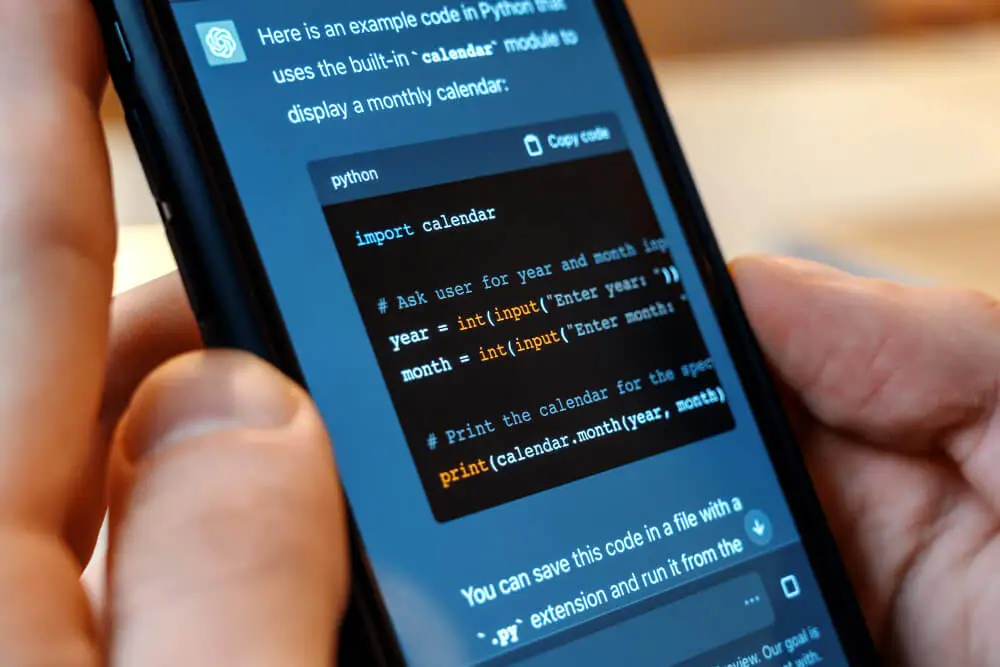
Final Thoughts
The future of autonomous trading is one where human expertise is augmented by AI agents. For now, we are still a long way off from seeing human traders being replaced by AI. While the speed and analytical power of this technology gives it an edge, it is still subject to several limitations.
AI agents will surely reshape how strategies are discovered, tested and deployed, ushering in a new era of greater efficiency in the financial market. Given the promising yet risky nature of autonomous trading agents, the best approach is to start experimenting with this solution and tapping into the benefits it offers to gain an edge. However, this should be done with a measured approach and a lot of skepticism to prevent overreliance and other ethical issues.
FAQs
Can I Give AutoGPT A Trading Task Right Now?
Yes, you can, but it is highly experimental. While these tools are likely to get better with time, it is strongly advised that you take a measured approach to using them in real trading scenarios. They’re best used for generating strategies, backtesting, and analyzing trading performance.
What’s The Best Tool To Build An Autonomous Trading Agent?
There is no single “best” tool for building a trading agent. The right tool for you depends on your specific goals and technical skill level. For beginners, open-source projects like BabyAGI and AgentLLM offer a solid starting point for understanding the core concepts. For developers building a more complex agent, frameworks like LangChain provide the necessary components to connect an LLM’s reasoning to external tools and APIs.
Are These Agents Safe For Live Trading?
Use with caution. Start in paper trading, add position/LOSS limits, alerting, and a kill-switch, and ensure you meet local regulatory obligations for algorithmic trading.
Will Autonomous Agents Make Quants Obsolete?
No, autonomous agents will not make quantitative analysts obsolete. Instead, they will augment and change the role of a quant. AI agents can automate the tedious, data-heavy tasks that consume most of a quant’s time, such as data cleaning, backtesting, and generating initial code. This frees up quants to focus on higher-level, more valuable work.


